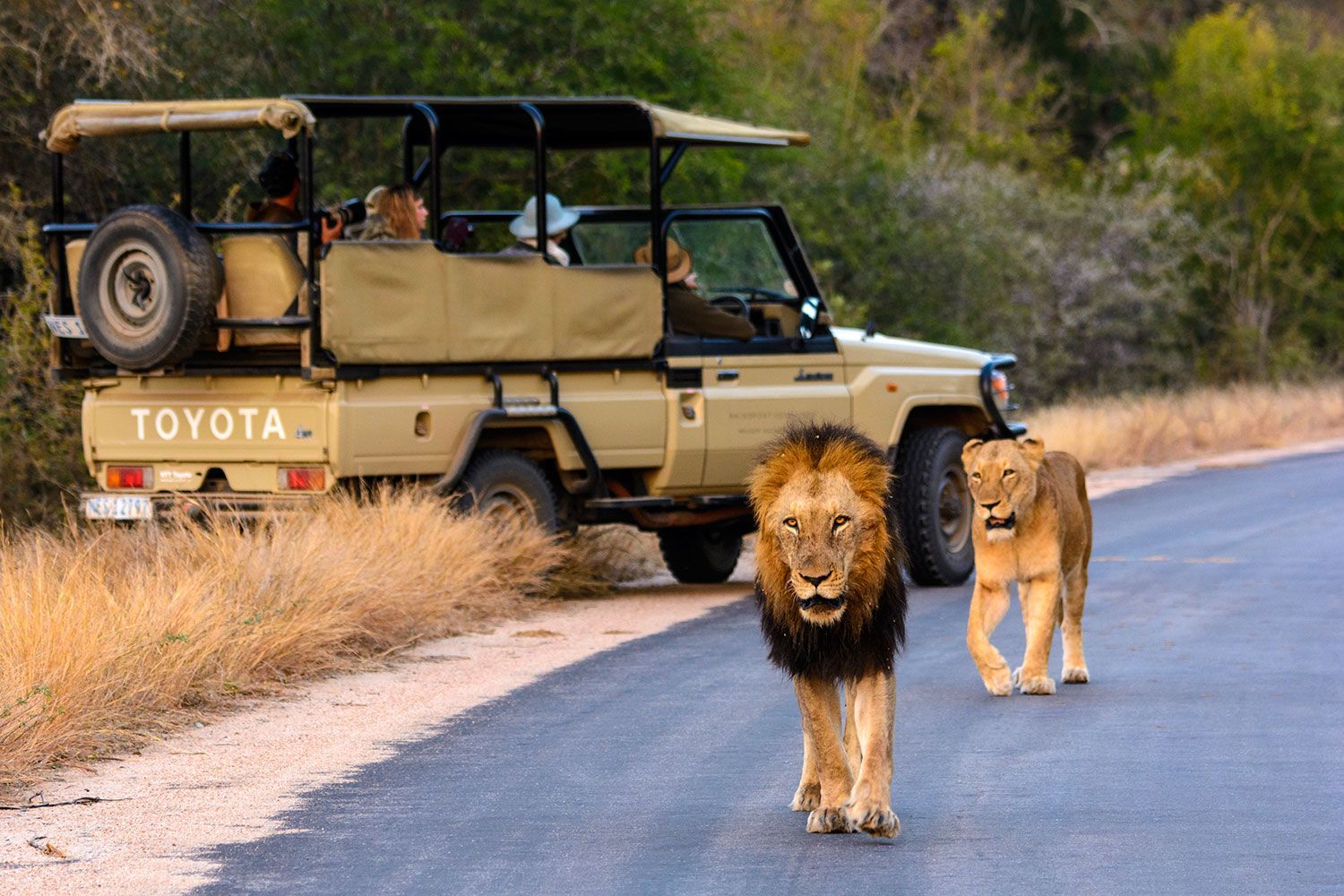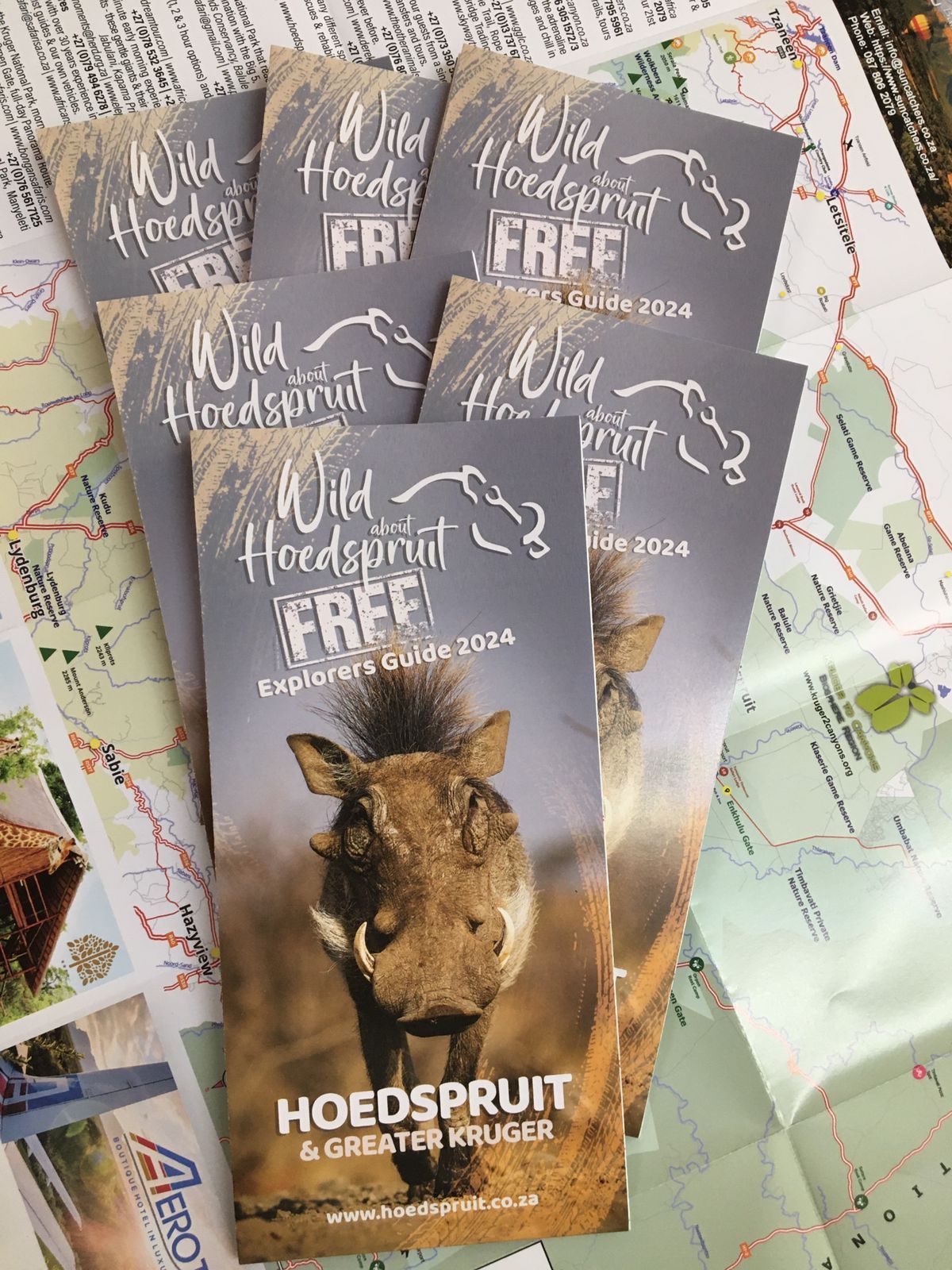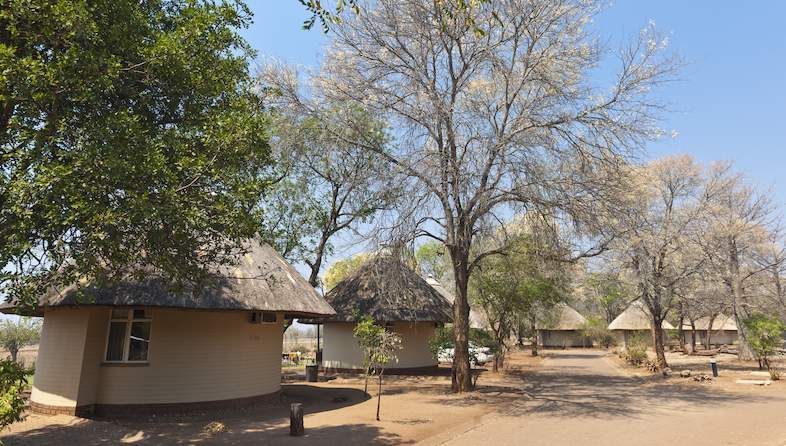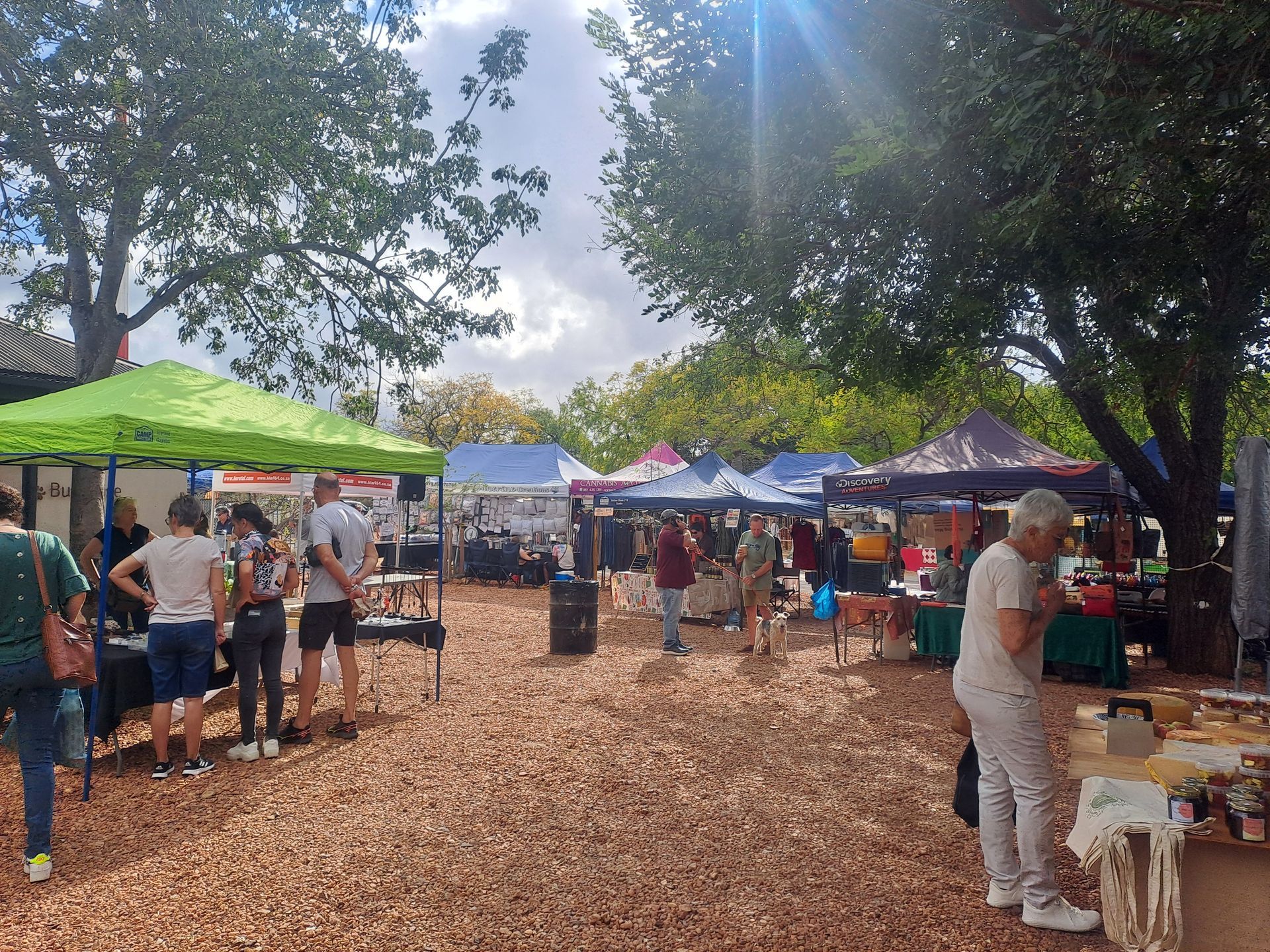Spotted Hyena in Kruger National Park: A Complete Guide
The hyena, a misunderstood and intriguing predator, roams the diverse landscapes of Kruger National Park. Encounter with these highly adaptable creatures offers a glimpse into their complex social structures, distinctive behaviors, and their vital role in the park's ecosystem.
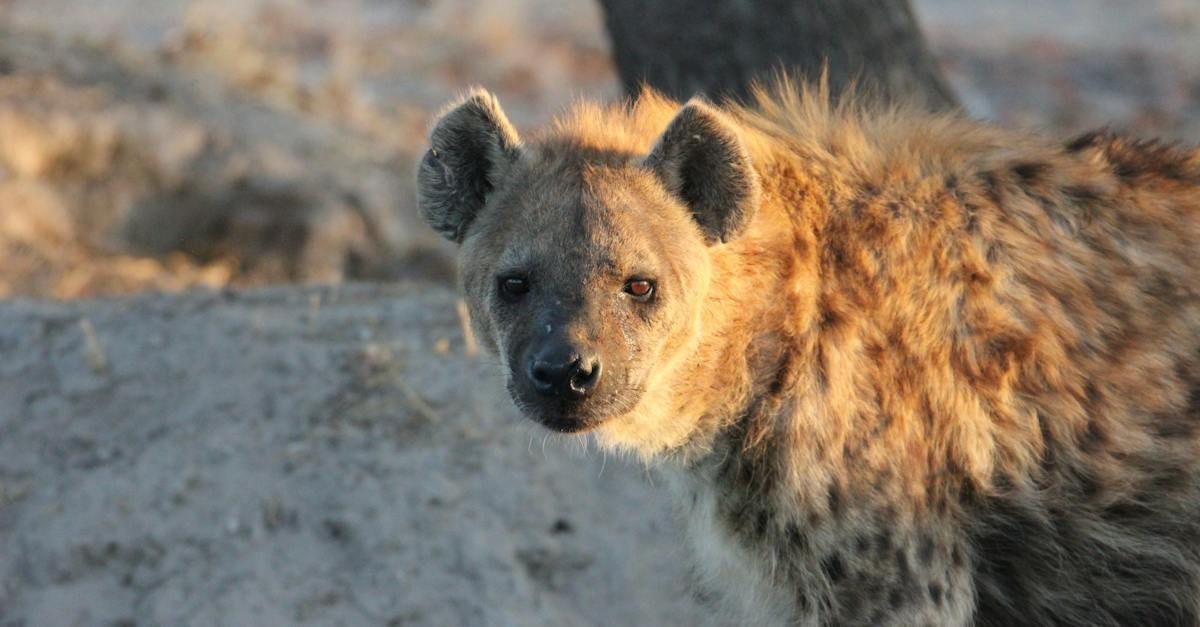
Why it's an Exciting Species to Encounter in Kruger
Hyenas, with their unique laughter-like vocalizations and scavenging prowess, add an element of excitement to Kruger's wildlife sightings. Witnessing hyenas in action provides an opportunity to appreciate their intelligence and resilience in the African wilderness.
Identification
Physical Characteristics
Hyenas are robust carnivores with a hunched back and powerful jaws. They have a distinctive sloping back, large rounded ears, and powerful forelimbs. Spotted hyenas, the most common species in Kruger, have a spotted coat, while brown hyenas have a shaggier, uniformly brown coat.
Unique Features for Easy Identification
One of the most notable features is the powerful jaw structure adapted for crushing bones. Spotted hyenas have a robust build with a distinctive mane along their back, while brown hyenas are characterized by a more hunched appearance and a bushy tail.
Fascinating Facts
Interesting and Lesser-Known Facts about the Animal
Hyenas are accomplished hunters but are often portrayed as scavengers. They play a vital role in ecosystems by controlling herbivore populations and contributing to nutrient cycling. Hyenas are highly intelligent and have complex social structures within their clans.
Its Role in the Ecosystem
As both predators and scavengers, hyenas help maintain a healthy balance in the ecosystem. Their scavenging behavior helps prevent the spread of diseases by consuming carrion, and their hunting activities control herbivore populations.
Habitat and Range
Where in Kruger Can You Find This Animal?
Hyenas are widespread throughout Kruger National Park, adapting to a variety of environments, including savannas, woodlands, and grasslands. They are often spotted near water sources, where their prey is abundant.
Preferred Habitats and Behaviors
Hyenas are highly adaptable and can thrive in different habitats. They are known for their nocturnal activities but can be active during the day. They often den in abandoned termite mounds or dig their own burrows.
Best Times for Sighting
Seasonal Variations in Visibility
Hyenas can be spotted year-round in Kruger, but visibility may be better during the dry season (May to September) when vegetation is less dense. Nighttime game drives offer increased chances of encountering hyenas on the move.
Preferred Times of the Day
While hyenas are primarily nocturnal, they can be active during the day, especially during cooler periods. Late afternoon and early morning game drives increase the likelihood of witnessing their activities.
Behavior and Social Structure
Behavioral Patterns and Interactions
Hyenas are social animals that live in matriarchal clans led by a dominant female. They are skilled hunters and opportunistic scavengers, often engaging in both activities to secure food. Clan members communicate through a range of vocalizations.
Social Dynamics if Applicable
The social structure of hyenas is complex, with females dominating males. Cubs inherit their social status from their mothers, leading to a hierarchical arrangement within the clan. Cooperation during hunts and at communal dens strengthens the bonds within the group.
Conservation Status
Current Conservation Status
Spotted hyenas are listed as "Least Concern," while brown hyenas are considered near-threatened. Habitat loss, human-wildlife conflict, and persecution due to misconceptions contribute to the challenges faced by hyena populations.
Any Particular Threats or Challenges the Species Faces
Hyenas face threats from habitat fragmentation and persecution by humans. Public perception often casts them as villains, leading to targeted removals. Conservation efforts focus on education, protection of habitats, and mitigating human-wildlife conflicts.
Tips for Spotting
Key Signs to Look For
Look for hyena tracks near water sources, dens, or carcasses. Listen for their distinctive vocalizations, including whoops, cackles, and growls. During game drives, scan open areas for hyenas on the move or near termite mounds.
Popular Regions within Kruger for Sightings
Southern regions of Kruger, including Lower Sabie and Satara, are known for frequent hyena sightings. Watering holes and open plains are often prime locations to encounter these adaptable predators.
Encountering hyenas in Kruger National Park is a fascinating and educational experience that underscores the importance of responsible wildlife observation. As visitors, let's appreciate the ecological significance of hyenas and contribute to their conservation by dispelling myths and promoting coexistence.
Additional Resources
Wild About Kruger
Explore the Wild About Kruger series, your comprehensive source for discovering the magic of Kruger National Park from the hub of Hoedspruit. Here, we delve into all you need to know, from incredible wildlife experiences to insider insights and travel arrangements.
Share This Article
Quicklinks
Related Articles
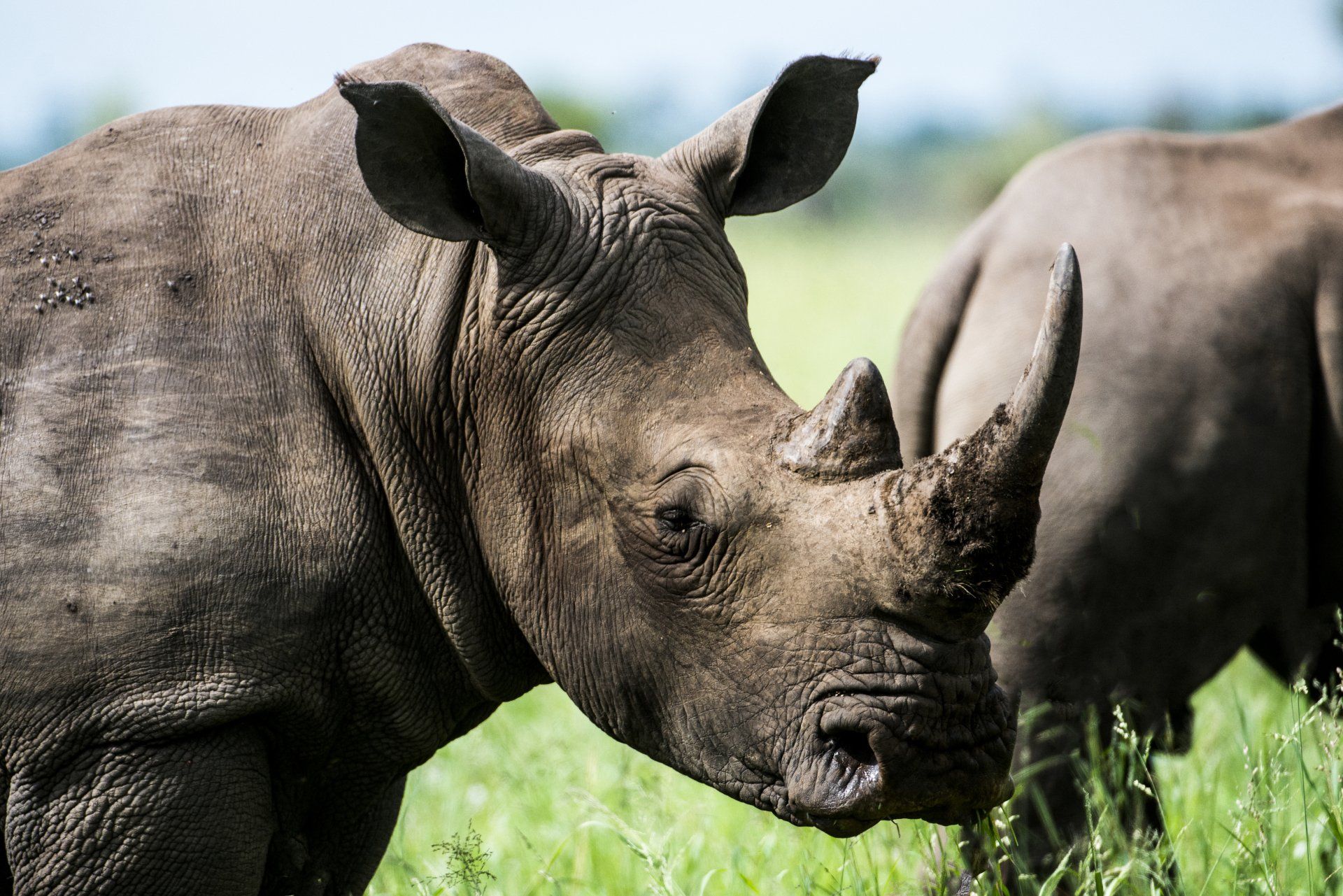


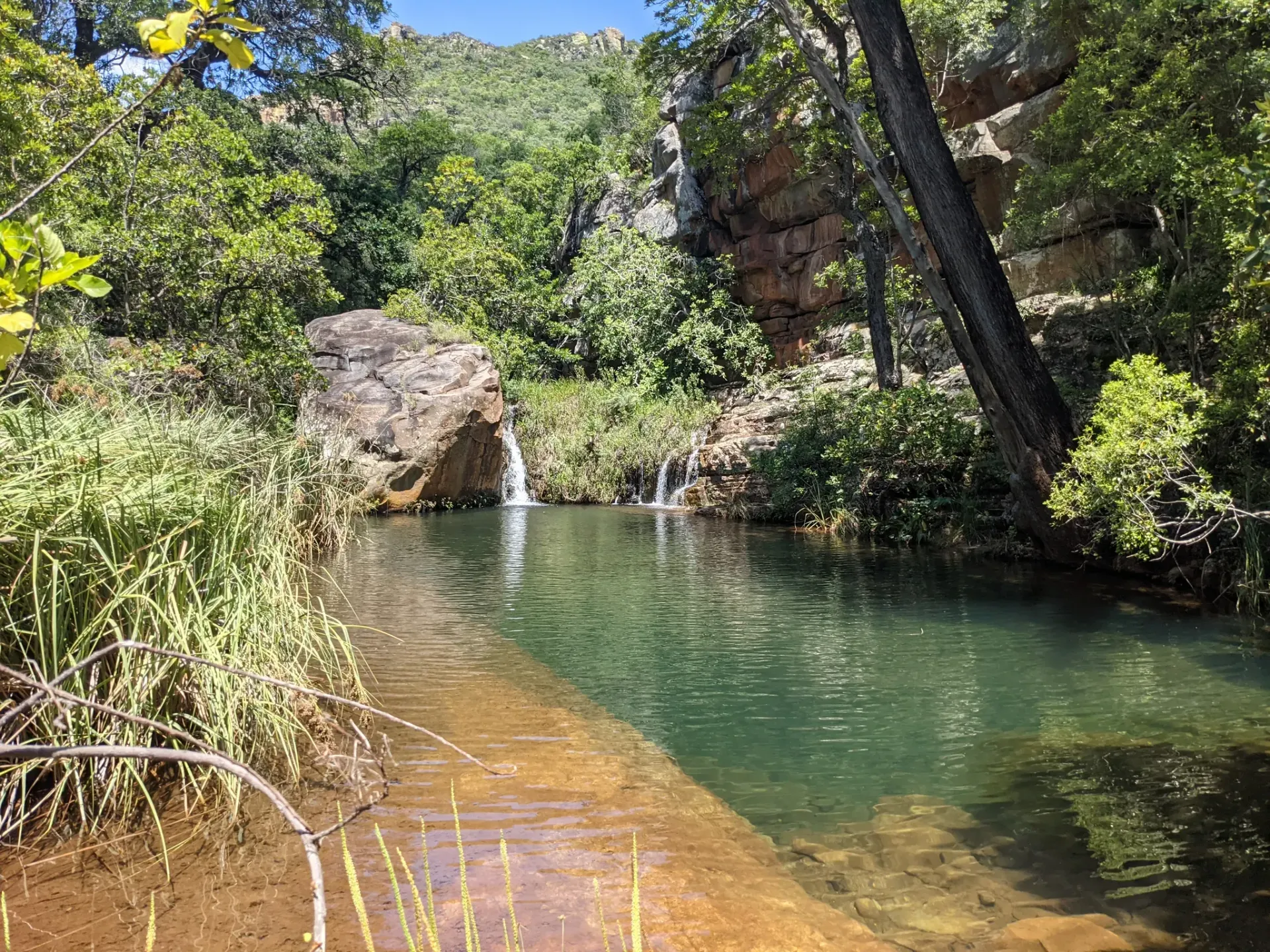
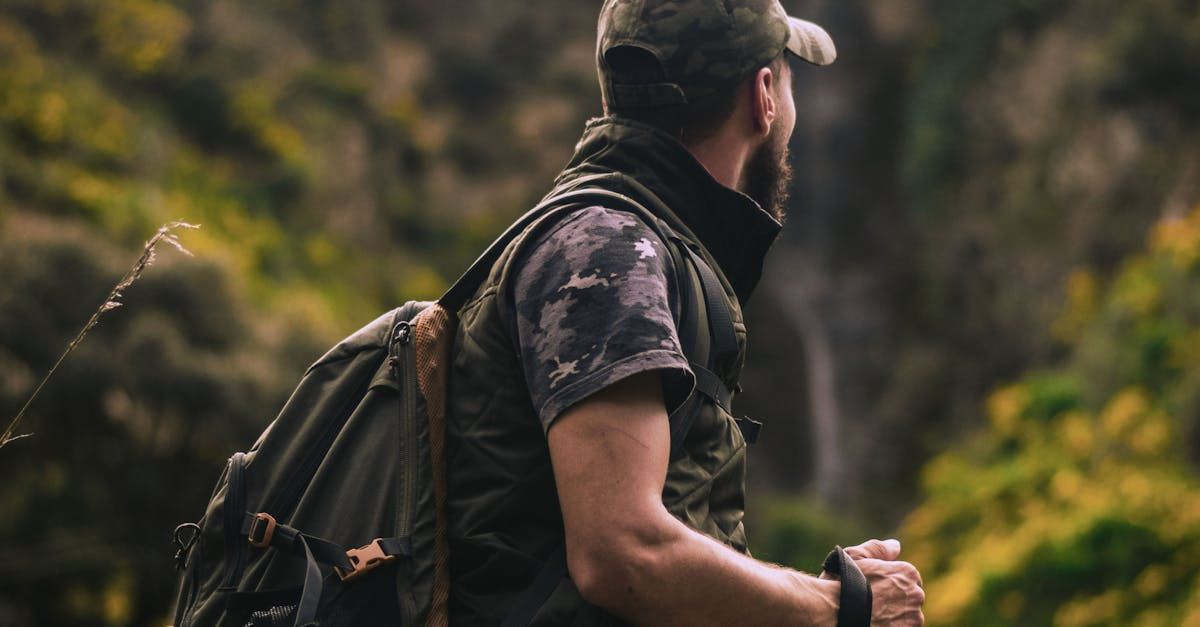
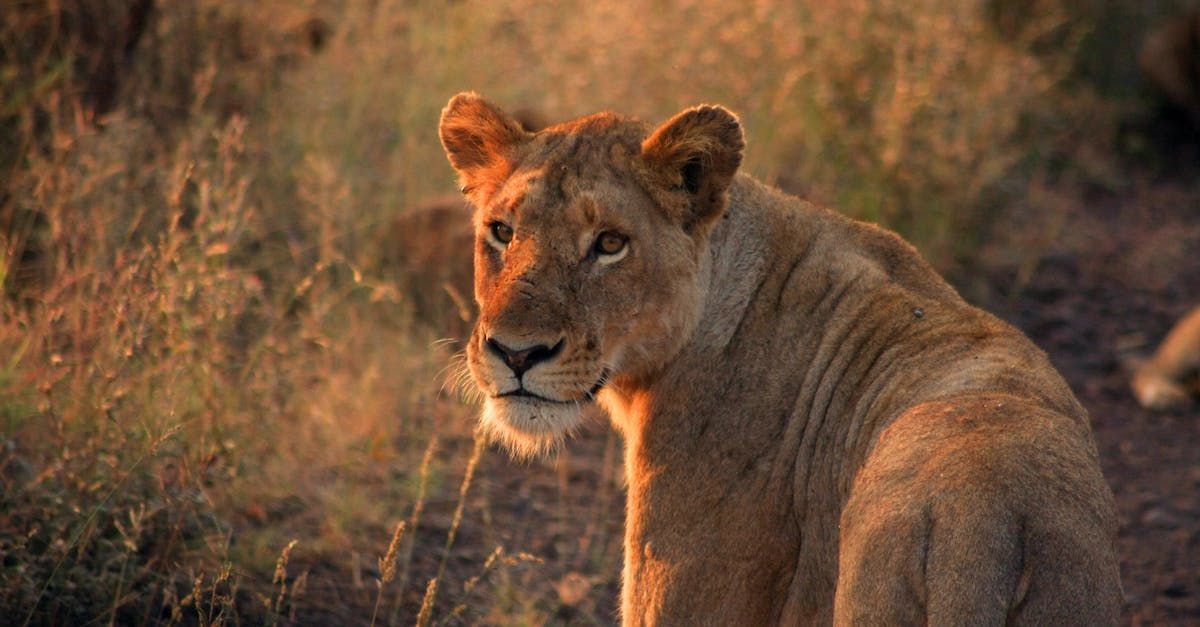

Hoedspruit Articles




